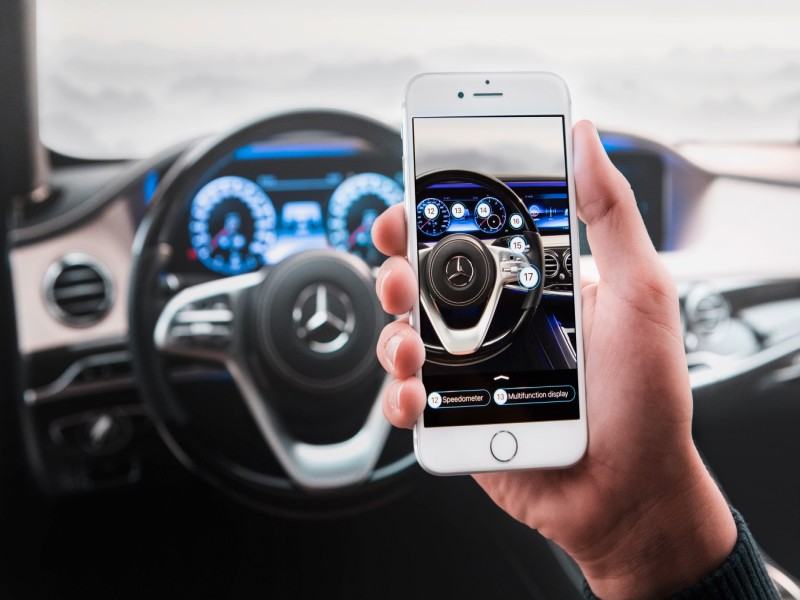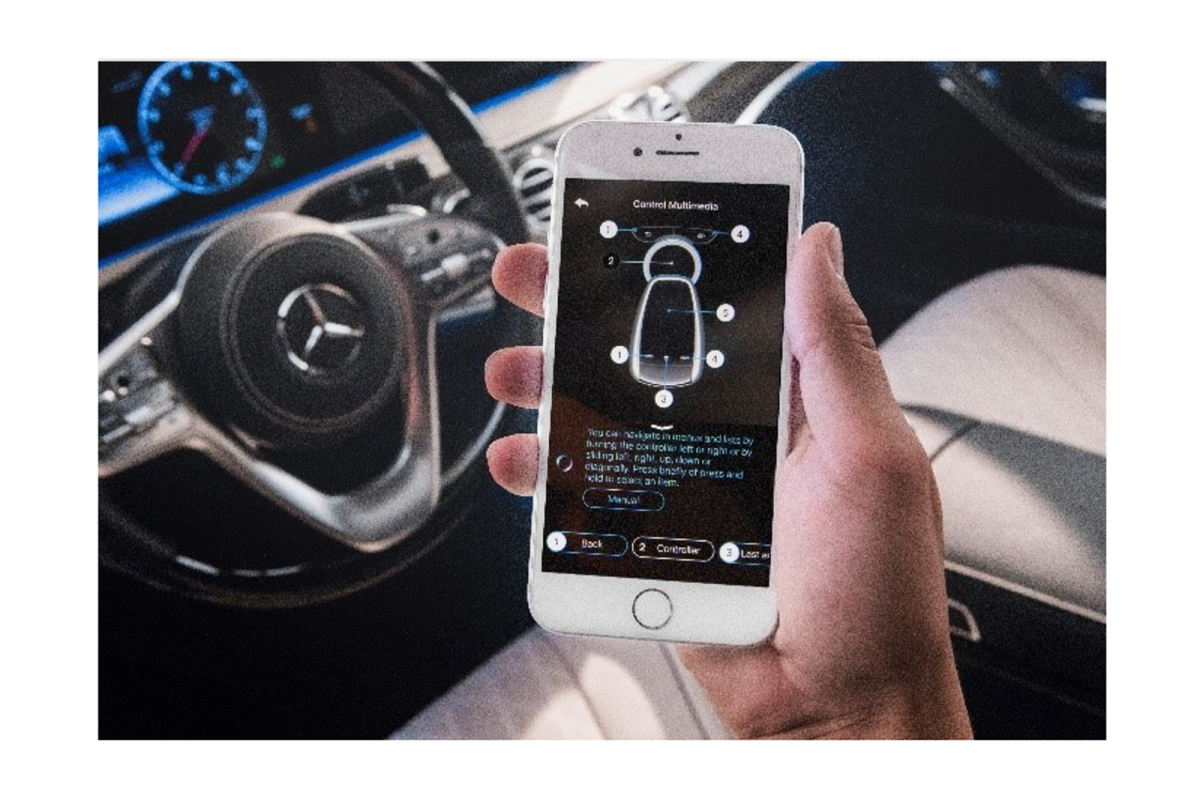An article by Tim Bunkus
Ask the digital assistant and you will get answers
In future, car manufacturer Daimler will provide a digital app-based voice assistant that can answer questions about the vehicle in addition to the operating manual. That is what the company’s digitalisation strategy has in mind for the new types of cars from Mercedes-Benz. This new digital assistant will be called ‘Ask Mercedes’. The driver asks a question about the car using voice or text input on their smartphone and the assistant is able to answer quickly and simply. To make information about controls in the car even simpler, Ask Mercedes is also equipped with an augmented reality component that allows the driver to explore their cockpit easily via their smartphone. Teams from adesso, its subsidiary adesso mobile solutions, IBM and Vuforia are working on implementing this idea.
Virtual assistants – how chatbots are changing how we communicate
Over the last few years, instant messaging apps such as WhatsApp and Facebook Messenger have developed into the most popular methods of communication in the world. In 2014, messaging apps had 1.07 billion users. That number is expected to increase to close to 2.2 billion users by 2019. So-called ‘smart speakers’ such as Amazon Echo or Google Home with their integrated virtual assistants Alexa and Google Assistant are also enjoying increasing popularity – a trend that companies also recognise.
According to Facebook, around 20 million of the approximately 70 million brand-related Facebook pages answer direct queries from customers on Messenger, allowing them to receive information immediately and directly no matter where they are and no matter when.
Unlike websites, which are populated with knowledge by experts or updated at regular intervals, the challenge with instant messaging is the fact that the experts must always be directly available – for any user, for any topic and at any time.
Chatbot systems offer a solution that does not depend on staff. They are able to ‘understand’ incoming queries from a user and answer using dedicated stored knowledge. So-called cognitive systems, which are able to extract contexts and intentions from texts using deep learning algorithms, help the chatbot in ‘understanding’ the user and the content of the query. This process is known as ‘natural language understanding’ (NLU).
The birth of a virtual assistant
Creating a good virtual assistant, however, requires more than just the latest technology. Many aspects, such as the bot’s character, the content to be put out, operation and further development must be considered differently in comparison to classic software development. So, at the start of the project, the project team must answer the simple question of ‘who is our chatbot?’.
There were several answers to the question of which group of people the female chatbot ‘Mercedes’ will assist in the future. In the first User Experience Workshop the target group of Mercedes drivers were the focus. The customers will be provided with an even more advanced service immediately. Thanks to new technologies in cars, such as modern driving assistance systems for example, new questions are also arising for the drivers that the chatbot will answer quickly and simply. The project therefore offers a new communication channel – for all drivers, but mainly aimed at the digital-savvy target group of the younger car driver.



